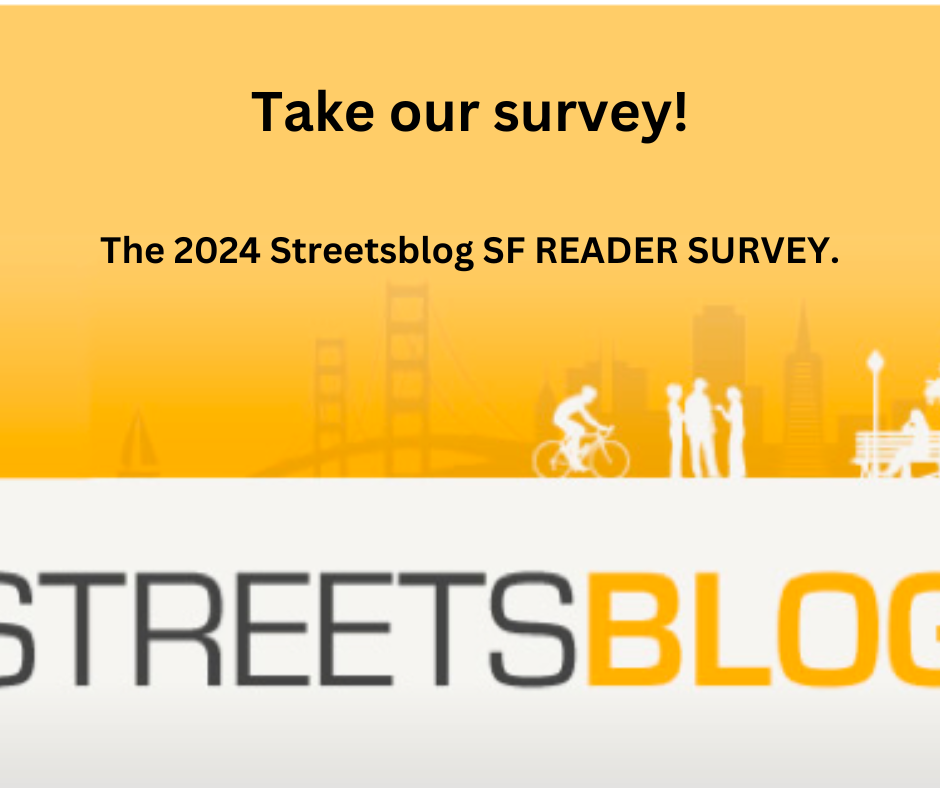Muni Announces Plan to Install TransLink Machines At All Subway Stations
5:52 PM PDT on August 20, 2009
 A demonstration model of new TransLink fare gates. Photo: Michael Rhodes
A demonstration model of new TransLink fare gates. Photo: Michael RhodesMuni announced an ambitious plan today to replace all of its fare gates with TransLink-only machines by fall 2010. In coordination with the Metropolitan Transportation Commission (MTC), which manages the TransLink program regionally, Muni will install a total of 98 new fare gate aisles at its nine Muni Metro stations, as well as up to 40 new TransLink-only ticket vending machines. Extra-wide, ADA-compliant fare gate lanes will also be installed. Muni showed off demonstration models of the new machines at a press conference at Van Ness Station today.
The project will cost $29 million, $11 million of which will come from the federal economic stimulus plan. The Board of Supervisors approved the plan at its meeting on Tuesday. Muni has long planned to replace its aging fare gates, but San Francisco Municipal Transportation Agency (MTA) Executive Director Nat Ford said the stimulus funds were essential to getting it done now.
"We have been working on this project literally for almost a decade to replace these fare gates and had a significant gap in terms of our funding," said Ford. "The $11 million that we received to support this project closed the gap, and we will be rapidly installing the fare gates."
"I think everyone who uses the Muni system is well aware that our existing fare gates and fare machines are well past their useful life. They were installed over thirty years ago."
In place of the transfers that riders now receive at Muni Metro fare gates, riders who do not already have TransLink cards will be able to purchase limited-use paper TransLink cards at the new ticket vending machines. Unlike the current fare boxes, riders will be able to use a variety of mediums to pay for their tickets, including cash, coins, and credit cards. Riders will also be able to purchase regular plastic TransLink cards, like those already in circulation, at the machines.
 New Muni TransLink ticket vending machines will accept cash, coins, and credit cards. Photo: Michael Rhodes
New Muni TransLink ticket vending machines will accept cash, coins, and credit cards. Photo: Michael RhodesMTC commissioner Anne Halsted said Muni's successful TransLink pilot
project made implementing a full TransLink fare gate system possible.
"Thanks to the successful rollout of TransLink on the Muni system over
the last eight months, when the MTA needed to replace its aging fare
gates, it decided all the new fare gates will accept only TransLink, so
we're all going to be converting in the future," said Halsted. "This is
going to establish Muni as the real leader in this movement."
"I'm a San Francisco resident, and a Muni rider, and a TransLink advocate and customer," said Halsted. "This electronic TransLink fare payment card is a big part the MTC's strategy for ensuring greater coordination among the 28 Bay Area transit agencies."
Muni currently has about 6,000 daily TransLink users. Of 1,200 Muni TransLink users surveyed during the trial period that begin last December, Halsted said 83 percent said they were satisfied or very satisfied, and 92 percent said they would recommend TransLink to a friend. Ford confirmed that TransLink is now essentially fully operational on Muni buses, streetcars and light rail vehicles.
Cubic Transportation Systems, Inc., a San Diego-based company, assumed the TransLink contract with MTC earlier this summer after purchasing Vix ERG's Concord, California operations center. BART had encouraged the MTC do get rid of Erg earlier this year, citing the company's problems in implementing projects similar to TransLink in other regions.
 MTA executive director Nat Ford demonstrates how TransLink ticket vending machines will work. Photo: Michael Rhodes
MTA executive director Nat Ford demonstrates how TransLink ticket vending machines will work. Photo: Michael RhodesA full rollout of TransLink in Muni's light rail stations by fall 2010 is a lofty goal, considering that some kinks are still being ironed out: riders still report frequent occurrences of buses and trains with TransLink readers that are not operational, resulting in lost revenue for Muni. Still, with both BART and Caltrain soft-launching TransLink fare payment earlier this month, it's beginning to look like a significant component of regional transit coordination may really be coming to fruition, well over a decade after first capturing the imagination of the region's transit planners.
Stay in touch
Sign up for our free newsletter



